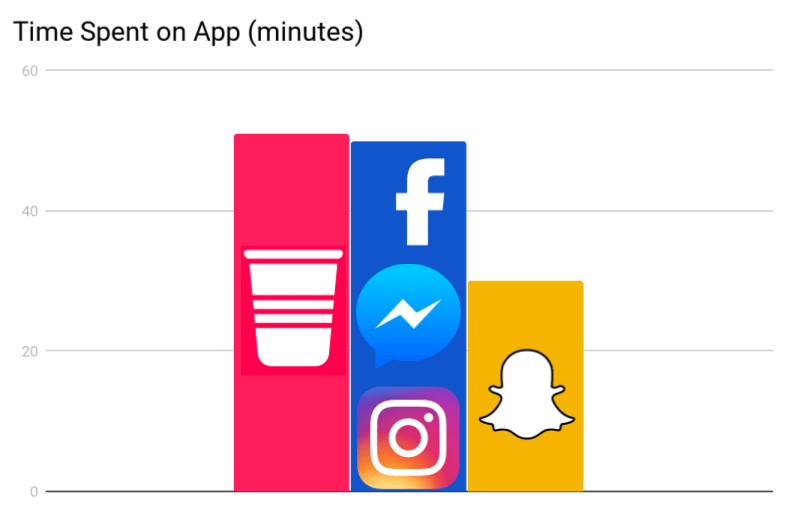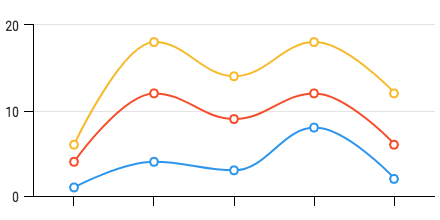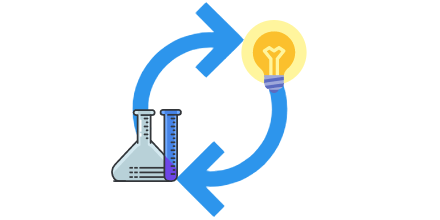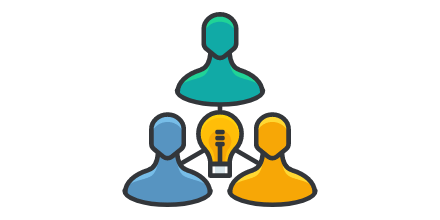Bring the House Down With a Data-Driven Engagement Strategy

Houseparty is a force to be reckoned with as it continues to redefine the social media landscape. Despite Facebook and Snapchat’s 2 billion and 173 million users (respectively), the video group chat app is shaking up the industry with just 20 million users. These social media giants are now playing catch up to Houseparty as they fall behind in what truly matters, engagement.
Learn mobile experimentation best practices to drive conversions, engagement and retention in our free Mobile Experimentation Guide.

What’s their secret?
Houseparty is able to keep their users engaged because they leverage their customer data. Data is at the core of every successful mobile engagement strategy. Users have become accustomed to having every digital experience personalized for them, and they expect no less from mobile products. Collecting data to guide product development based on evolving user needs and preferences is essential to providing a personalized customer experience that gets users hooked.
Houseparty’s data and analytics expert Jeff Needles shares how the app strategically uses data, analytics and iterative development in the creation of an engaging mobile product.
Measure Everything
There is no decision that isn’t confirmed by data at Houseparty. That’s why nothing goes by unnoticed or unmeasured.
“We measure everything, if there’s a tap on the screen, we’re going to measure it.”
Houseparty believes that there should be a metric for any and all interactions. Seemingly tedious and unnecessary, the app considers this an an insurance policy against the uncertainty the future brings. Jeff warns that with quick pivoting and changes in the the market, you will get left behind if you don’t have access to sufficient data to keep you informed.
Sometimes the data isn’t useful right away, and that’s okay. Houseparty has experienced many instances where they stored and measured data that they didn’t touch until months later. The significance in the data may not reveal itself immediately, but may come in handy in the future, so don’t discount anything!
Use Testing to Iterate
Houseparty refuses to remain stagnant and their constant innovation always starts in the form of testing.
“With Taplytics, we’ve been doing a lot more in the realm of A/B testing and experimenting with features.”
Houseparty will never pursue an idea that has not been tested or backed up by data, but it hasn’t always been this way. They once fell into the trap of pushing out features without a way of measuring its impact.
With A/B testing, they have been able to push past the fear of uncertainty and gauge customer feedback in real time, since predictive analysis and assumptions can only take the company so far. The app needs genuine responses to fully understand how to craft their product successfully and take the risk out of giant rollouts.
Create a Data-Driven Team
Getting the entire team on board with meticulous data tracking is a common challenge that companies face, and Houseparty is no exception. They have since moved past the growing pains of a startup, and have taken a unique approach to getting the team onboard with the experimentation culture that the data and analytics team has worked hard to establish for themselves.
“Everybody knows every metric, and everybody has access to every metric.”
Houseparty’s transparent and open data concept allows the team to understand why it’s valuable to measure everything. With tangible outcomes and a direct cause and effect relationship between the data, the Houseparty team has seen time and time again the importance of these metrics. Once this understanding is established within the team, they will continue to ask what small tweaks can be made, and what data they need to make it possible. Houseparty strives to instill a culture of asking what’s next, and uses data as a tool to answer that question.
Make Qualitative and Quantitative Work Together
Jeff stresses that being data driven does not mean ignoring the qualitative. Once a month, Houseparty holds focus group dinners at college campuses to talk to their users. What they have found is that the insights their users provide actually supports the data and explains the why certain trends and patterns are surfacing. The data helps craft the question that only real users are able to answer.
Houseparty’s marketing team also spends a lot of time on the ground trying to understand their users in a general sense. Through a deeper understanding of the consumer, they have been able to create actionable product changes and a clear direction of where to drive their data.
Things to Keep in Mind as You Join the Party
Every app is different, find what metric works for you
In the beginning, this may be easier said than done, but here’s where measuring everything will come in handy.
Measure everything, but don’t pay attention to everything
Not all data deserves or requires a deep analysis right away. Collect the data to protect yourself in the future, but understand your own priorities.
Always keep the user experience in mind
Facebook has taken machine learning to another level and involved complexity that isn’t necessarily what’s best for their users. Jeff calls upon his own experience where he sees a post, but is not able to find it later on. So, it’s important to understand the user experience implications of machine learning and their expectations of consistency.
Thank you to Jeff Needles at Houseparty for sharing his expertise. Follow him on Twitter @jsneedles.
Join the Party! Download Houseparty here.





